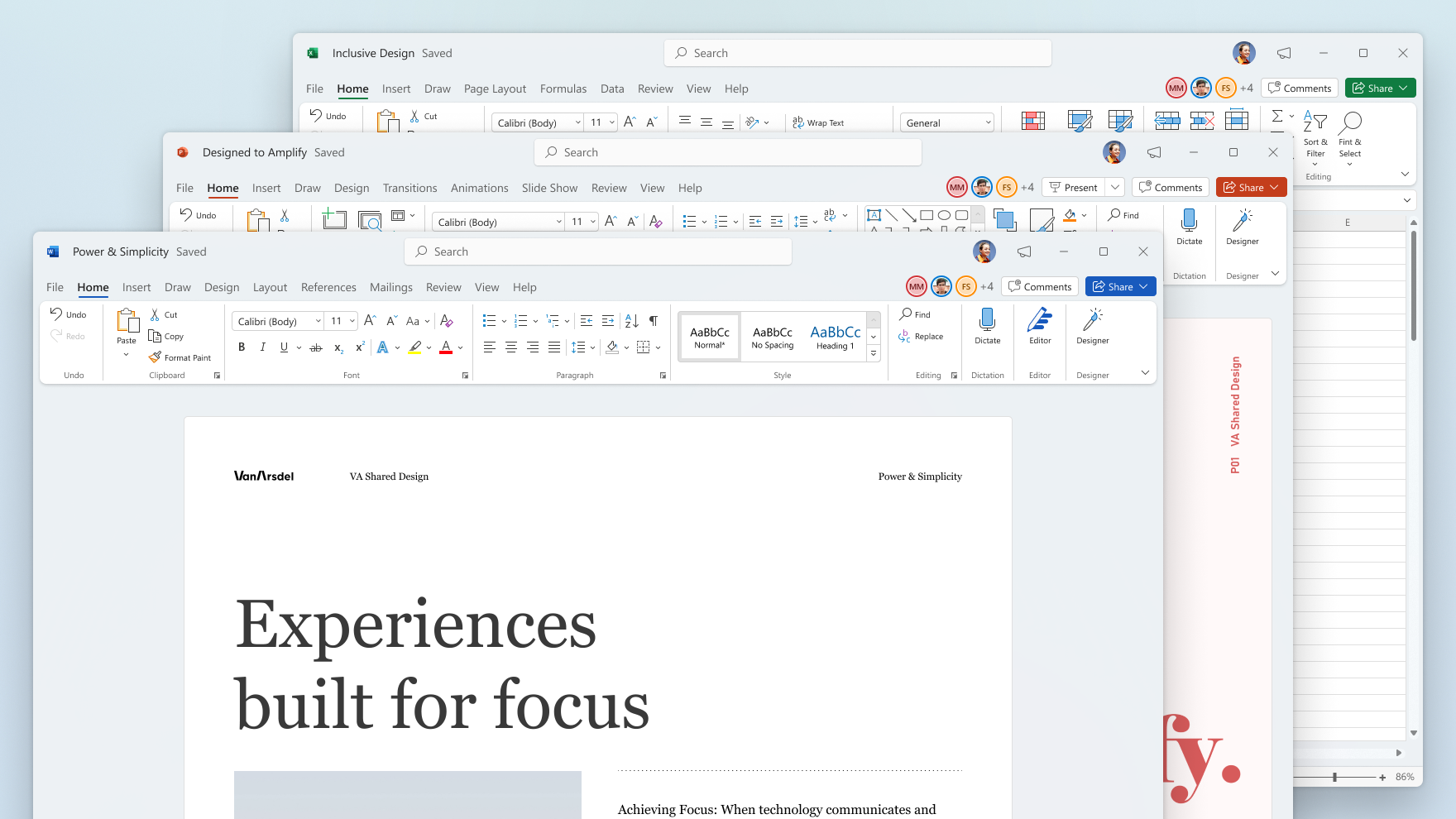
:max_bytes(150000):strip_icc()/001-open-office-calc-basic-spreadsheet-tutorial-3123949-a97e545f8195492a9bf33a6b3d439b08.jpg)
That is part of why I suggested adding a 'more' … button to the Paragraph panel tab stop UI next to the " Default Tab Stops " field. I have not seen this feature implemented anywhere else and if the control is fixed in Affinity apps (remembering of last tab pos setting, coherent behavior of control in Windows, streamlining the UI by interpreting clicking the Add tab button as an acceptance of newly typed in distance value and possibly copying the Repeat feature from InDesign) the feature is of little use, and probably just causes more confusion (especially in the other two apps where there is no text ruler and the tab characters are not shown in the user interface).Īs far as usefulness & streamlining the UI, consider that the remembered stop settings (there should be more than one) will not always be obvious so clicking the " Add New Tab Stop " button would be the only way to see what gets added unless there is some other way to see what those remembered settings are. I do not agree on usefulness of default alignment/leader etc.


Open office mac preview tabs not aligned how to#
So what I demonstrate on the clips is the different ways the control behaves on Windows and macOS, how to enter the values in reverse order to avoid jumpy user experience, and how the Windows version has different behavior in the Paragraph panel and Paragraph Style dialog box. And jumpy user experience can easily be avoided by using the reverse order definitions, as is also shown in one of the clips above. I am not sure which one, Apple or Serif had it initially, but Apple implementation is smarter and remembers the alignment and leader character of the last defined tab stop, and that's how it should be implemented.Īuto-ordering of tab stops is fine, and probably the only realistic possibility as long as changes made to the list are immediately also reflected in the layout (if not, the list could be allowed to be defined first and then add Apply button to make changes). I later noticed that Pages has this control implemented virtually identically. I think that this is the correct, and more useful feature, though many users probably never realize its good use. On macOS both interfaces behave similarly, and add the spacing counting from the last tab stop. This can clearly be seen on one of my video clips above. On Windows, the "Default" tab stop interval / spacing / distance (I am not sure if there is an "official" Affinity term) is counted from the left edge of the frame (and is then a manifold of that value) when this is done in the Paragraph panel, but counted from the last tab stop, when using the tab stop control of the Paragraph Style dialog box. So after all, does one of you still see a bug in Windows (or Mac) as Lagarto mentioned before? I wonder if it is useful to link in the bug report to this thread – although (or because?) it seems to talk about various other aspects aside my right-aligned issue?
Open office mac preview tabs not aligned for mac#
So after all, does one of you still see a bug in Windows (or Mac) as Lagarto mentioned before? I am willing to post a bug report for Mac concerning the missing ability to define auto-tabs as right aligned. I am sorry I could not quite follow your debate + got someway lost in this thread (not really understanding the various examples and thoughts). Or consider the advantage of auto-correction in text or the flexibility of fuzzy search engines. For instance the auto-pressed page orientation button in various Affinity UI spots when the user changes current values for page dimensions. In certain situations an automatic processing further of an user input by an UI is definitely useful even / especially if combined with corrections of the current interface or a user input. I guess we have different ideas about that: to me, immediate reordering of the list is exactly what I expect, since to me it would be confusing for the list not to always be sorted from lowest to highest like R C-R I appreciate the auto-sorting among tab stops in this list and it appears to me neither unexpected nor unusual or any encroaching. I just described it as the user experience as the app appears to "disapprove" the user's input and "change" it (immediate reordering is not that intuitive).


 0 kommentar(er)
0 kommentar(er)
